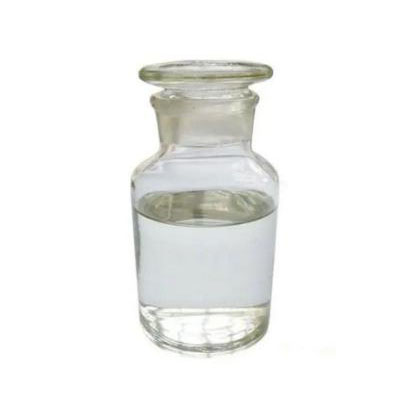Exploring Sensory Thresholds: The Influence of Delta Nonalactone in Various Applications
2024-03-19
Introduction:
Delta Nonalactone, with its creamy, coconut-like aroma, holds a special place in the world of fragrances, flavors, and culinary delights. Understanding its sensory thresholds—the point at which its presence becomes perceptible—is crucial for crafting products that delight the senses without overwhelming them. In this blog, we embark on a journey to uncover the sensory thresholds of Delta Nonalactone across different applications and explore its impact on our sensory experiences.
Understanding Sensory Thresholds:
Sensory threshold refers to the concentration of a substance at which it becomes detectable by our senses, such as taste or smell. For Delta Nonalactone, sensory thresholds vary depending on the application, the matrix in which it's used, and individual sensitivity levels. These thresholds play a significant role in determining the optimal dosage of Delta Nonalactone to achieve the desired sensory effect without overpowering other flavors or fragrances.
Delta Nonalactone in Fragrances:
In the world of perfumery, Delta Nonalactone contributes to the complexity and depth of fragrances, particularly those with tropical or gourmand profiles. Its creamy sweetness adds a luxurious touch, but excessive amounts can overwhelm the olfactory senses. Sensory thresholds for Delta Nonalactone in perfumes typically range from 0.1 to 10 parts per million (ppm), depending on the specific fragrance composition and desired intensity.
Delta Nonalactone in Flavorings:
When it comes to flavorings, Delta Nonalactone enhances the taste profile of various products, especially those with coconut or creamy notes. In food and beverage applications, sensory thresholds for Delta Nonalactone may vary widely, ranging from as low as 0.01 ppm to 100 ppm or higher, depending on factors such as the food matrix, cooking process, and individual taste preferences.
Delta Nonalactone in Culinary Creations:
In culinary arts, Delta Nonalactone is prized for its ability to evoke the rich, indulgent flavors of coconut desserts, baked goods, and savory dishes. Chefs carefully balance its use to ensure that the coconut aroma shines without overpowering other ingredients. Sensory thresholds for Delta Nonalactone in culinary creations may range from 0.1 ppm to 100 ppm, depending on the recipe and desired flavor intensity.
Tailoring Sensory Experiences:
Understanding the sensory thresholds of Delta Nonalactone empowers fragrance and flavor creators to tailor sensory experiences to meet consumer preferences. By carefully calibrating the concentration of Delta Nonalactone in their formulations, manufacturers can achieve the perfect balance of aroma and flavor, ensuring that products are both enticing and enjoyable.
Conclusion:
In conclusion, the sensory thresholds of Delta Nonalactone play a vital role in shaping our olfactory and gustatory experiences across various applications. Whether it's adding a touch of tropical paradise to perfumes, enhancing the flavor of culinary creations, or infusing beverages with creamy richness, Delta Nonalactone delights our senses in myriad ways. By understanding and respecting its sensory thresholds, we can unlock the full potential of Delta Nonalactone to create sensory experiences that captivate and delight.



